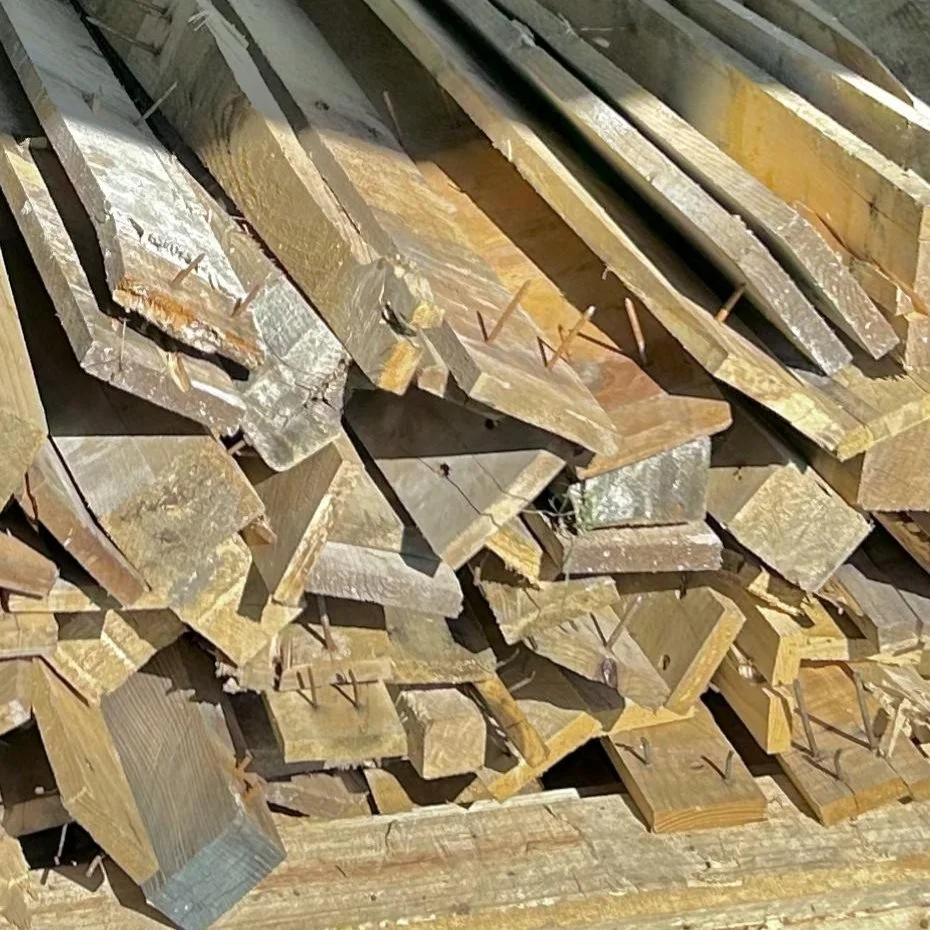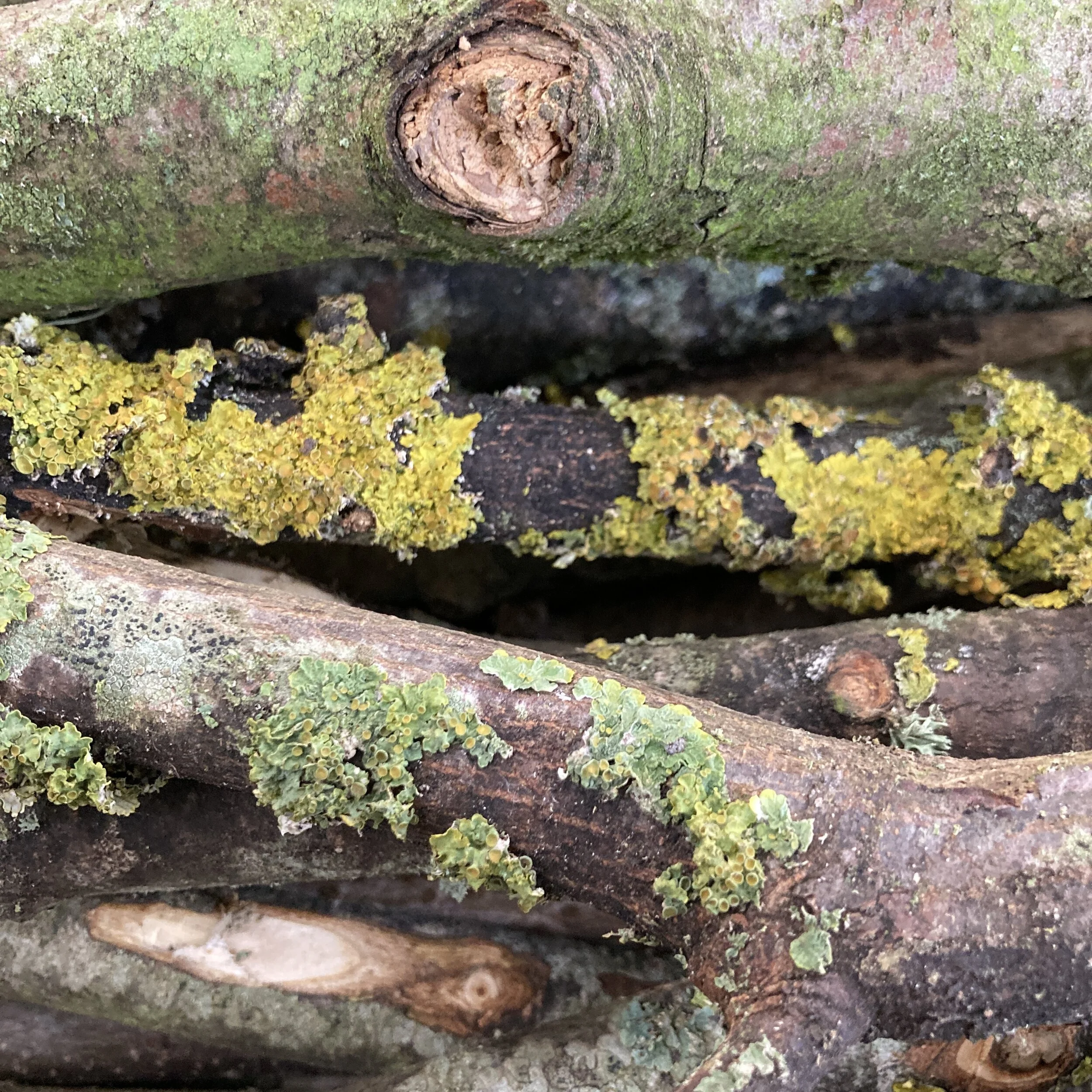Wood
In 2021, when my wood-firing journey was just starting, I wrote a blog post about wood. More recently I did a lot more reading, and research; took my own measurements, and generally decided to pull together what I knew in an Instagram post. For the sake of clarity, and traceability, I thought it might be prudent to document that post here, and flesh things out a little more:
Thankfully, the contemporary logic with which woodland is managed is changing, and there are serious efforts towards creating greater biodiversity, minimising non-native species, connecting isolated pockets into wildlife corridors, rewilding etc.
Wytham Woods are removing the non-native Western Red Cedar, and the Oxford University Kilns are able to process this timber for use in their wood kilns. It is sawn to 18inch logs, before being split by volunteers and potters hoping to fire the kilns.
Western Red Cedar has a green moisture content (wet basis) of 64%, and a net calorific potential of 5400kWh per tonne if oven dried.
Of course, burning green timber is extremely inefficient as considerable heat energy is first needed to drive off the water in the wood, before it will ignite. Neither do we have the ability or desire to oven dry the wood.
When wood-firing we stoke the kiln strategically in order to ‘ride’ the temperature gain: immediately after stoking the temperature of the kiln atmosphere (as read on the pyrometer) drops while the energy needed to ignite the fuel is spent. Then, as the energy from the fuel is released, the temperature rises. Just as the temperature plateaus out, we stoke again. - Moisture content of the wood fuel is critical here as the energy needed to drive it off can (if the wood is too wet) easily render any resultant temperature gain minimal.
The felled tree trunks are stacked for many months on the ryds, before being brought to the kiln site and sawn into 18” logs.
Practically, from my own measurements, when the 18” logs are first split they contain between 22% and 27% moisture (still far too inefficient) so the wood is stacked and left to dry as long as possible. - In 2024 we managed to split 5 weeks before firing, and during this time the average moisture content fell to just 13%.
Western Red Cedar is worth 1755kWh per green tonne.
At 15% moisture it is worth 4400kWh.
(this difference is crucial)
In August 2023 we were still splitting wood in the week before the firing and we used over 7 cubic meters of stacked wood to fire to cone12 without down-firing or reduction cooling.
In August 2024, with wood dried for 5 weeks, we used 3.685 cubic meters of stacked wood with cone 13 flat and down-firing in reduction to 900c.
More technically, timber contains both Lumen Moisture and Cell Wall Moisture, in an approximate ratio of 3.4:1 and Cell Wall moisture content will not drop until Lumen Water is driven off.
Given this ratio, that the green moisture content of WRC is around 64%, and that practically speaking we need the moisture content to be around 13%, we need to drive off ALL of the Lumen Water.
Capillary drying does happen (longitudinally) through the ends of the logs, from day one after cutting, but is at a much slower rate than radial drying (through the bark). As the rate of radial drying increases significantly with decreased diameter of log or (split) sectional surface area, it is important to split the wood as soon as possible, and leave it to season/dry for as long as possible.
While I knew this to be true anecdotally I had never taken the measurements myself, nor read the scientific research papers which prove it. - Perversely, I had been repeating to others what was told to me (that wood only really dries from the end grain).
Having now read the research papers, AND taken the measurements myself, it’s abundantly clear that the radial drying (through the bark) is a HUGE component in seasoning wood.
Drying, in the case of wood (and wet clay), is all about air-flow and not about heat so stacking the split wood such that breeze can flow through the stack is another essential step.
















